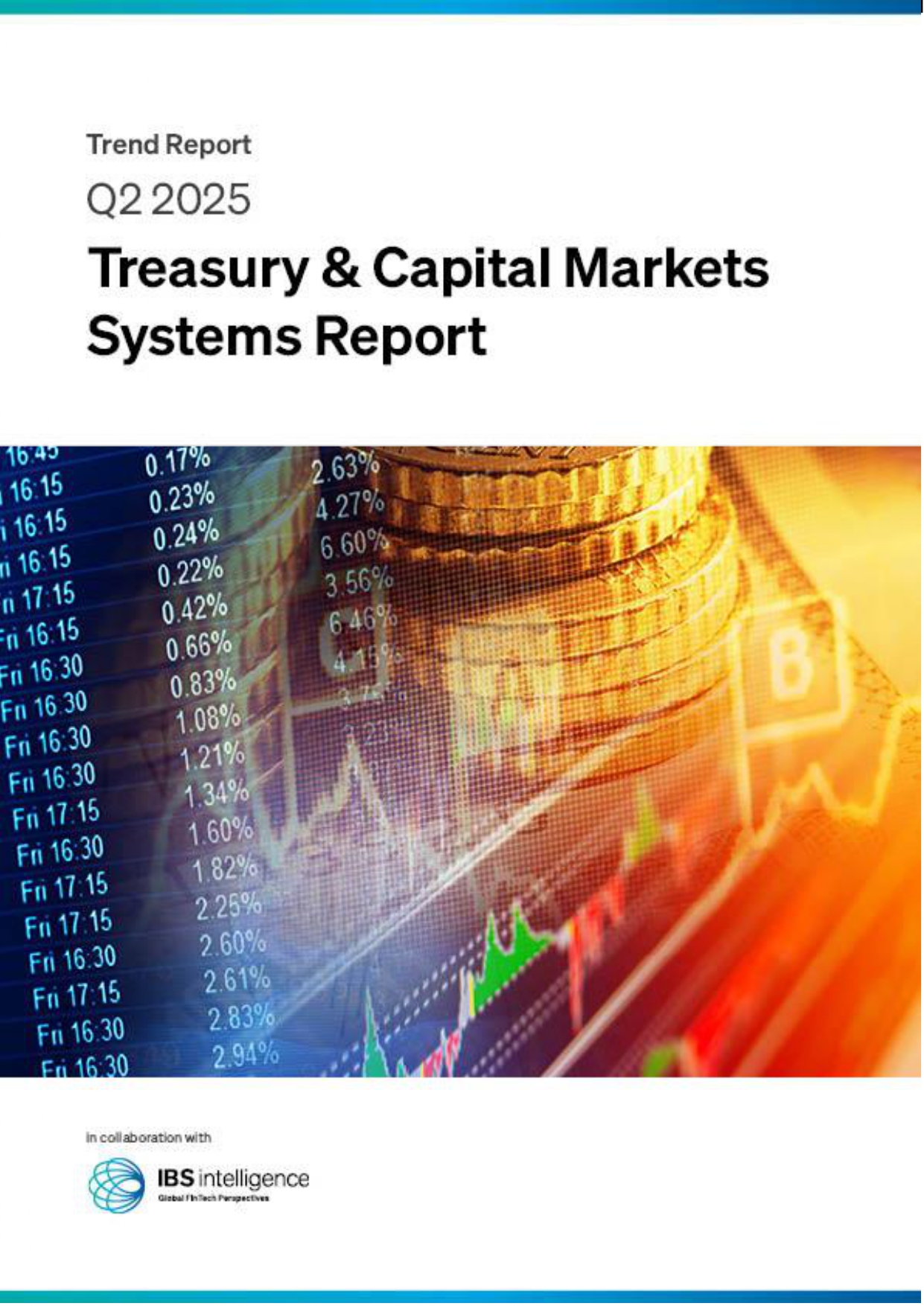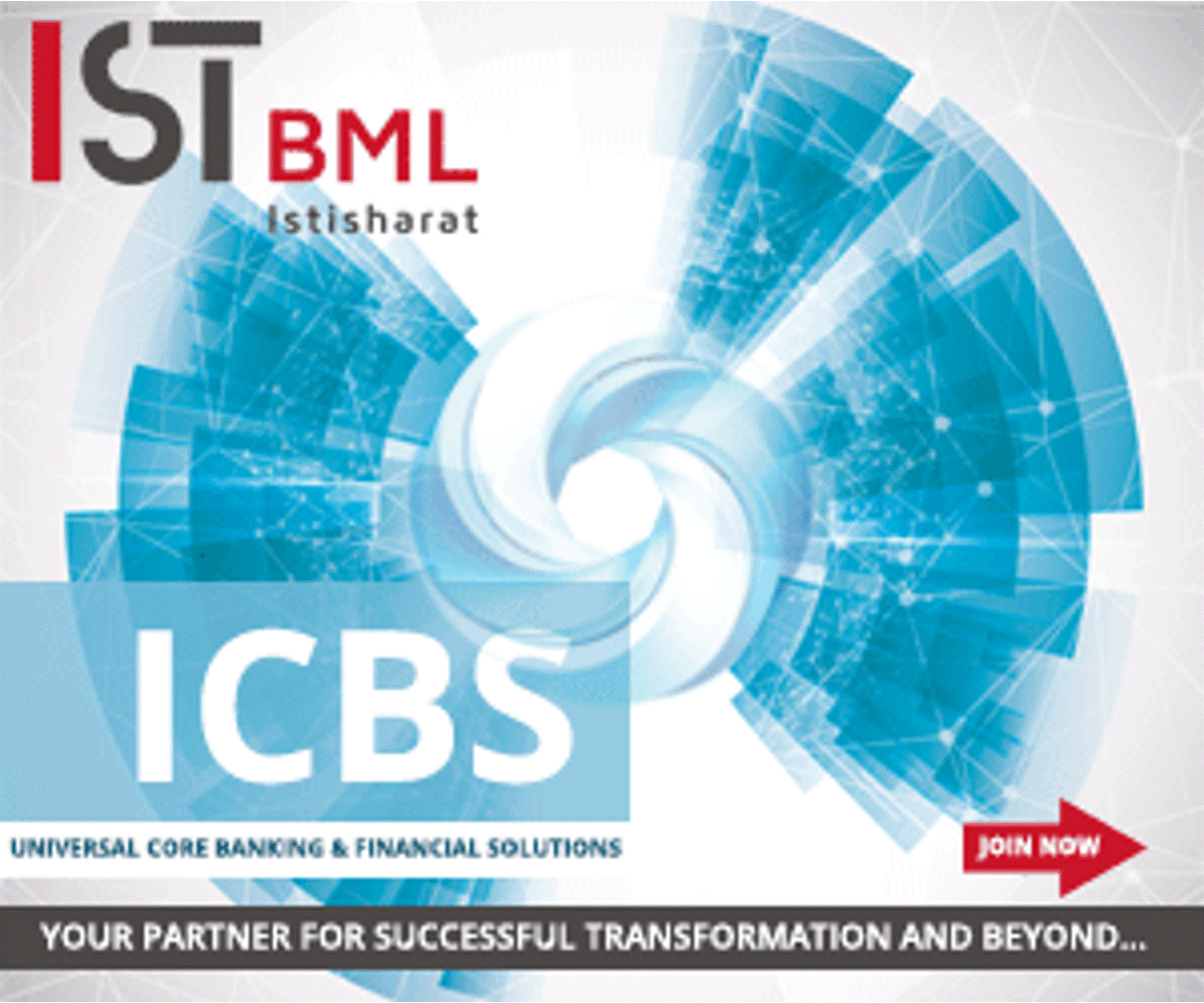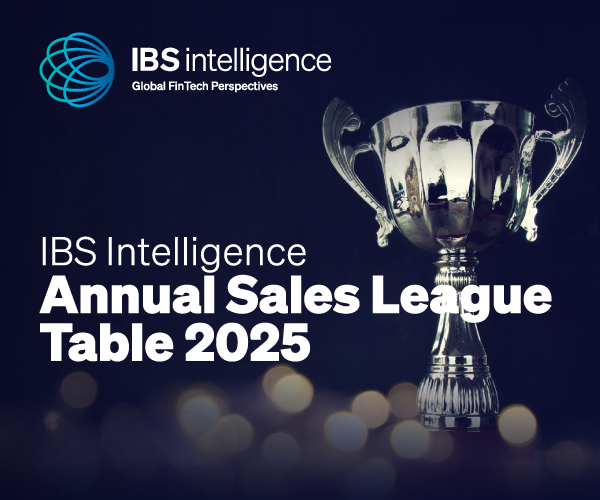 Back
Back
Lenders of the future will need automated risk evaluation technology
By Puja Sharma
Risk functions in banks will likely need to change fundamentally by 2025. If financial services don’t act now and prepare for these long-term changes, they may be overwhelmed by the new demands and requirements they will face. Risk management may undergo more transformation in the next ten years than in the last ten. There will be more regulation as public sentiment grows more and more intolerant of any appearance of preventable errors and improper business practices, according to the research published by Mckinsey.
Risk functions will have to deal with new types of risks (e.g., model, contagion, and cyber)-all of which require new skills and tools. As technology and new business models emerge and evolve, customers will have greater expectations of banking services. Furthermore, with evolving technology and advanced analytics, new products, services, and management techniques are being created, while de-biasing approaches that improve decision-making will enable risk managers to make better decisions about risks.
However, the future risk function will likely have to meet all of these requirements and address these trends at a lower cost, because banks will almost certainly have to reduce their operating costs substantially. The IBS Intelligence data shows how automated risk evaluation is a must-have feature for banks of the future.
So, in 2025, how will the risk function look?
It will most certainly have greater responsibilities, be more strategically involved, and have far stronger, collaborative links with other elements of the bank. At the same time, its talent pool will have undergone a huge change in expertise away from operational operations and toward improved analytics and cooperation. By that time, most of the latter should be fully automated, real-time, and paperless.
IT and data will almost certainly become far more sophisticated, with huge data and advanced algorithms being used. As a result, the risk function may be able to make better decisions while reducing operating expenses and improving customer experiences.
If banks want their risk functions to thrive during this period of fundamental transformation, they need to rebuild them during the next decade. To be successful, they need to start now with a portfolio of initiatives that balance a strong short-term business case with enabling the long-term achievement of the target vision. Such initiatives could include digitizing the underwriting processes, the use of machine-learning techniques, and interactive risk reporting.
Continued expansion of the breadth and depth of regulation. The scope of regulation will continue to expand, propelled by four drivers. First, public and hence government tolerance for bank failures has shrunk since the global financial crisis, and the appetite for interventions using taxpayers’ money to save banks has evaporated. After 2008, new regulations focused on the expansion of the regulatory framework by tightening micro-and macro-prudential regulation across the board.
Banks are asked to help prevent financial crimes (e.g., fraud, money laundering, breaching sanctions, terrorist finances) and collect taxes effectively (e.g., Foreign Account Tax Compliance Act, automatic information exchange). Third, governments are increasingly demanding both domestic and global compliance with their regulatory standards. They want “good banks,” not just “good banking practice within their borders.”
As a result, laws, and regulations are increasingly applied with an extraterritorial effect. It now includes anti-money-laundering regulations, sanctions, and laws concerning bribery, fraud, and tax collection. Big data and automation can help firms make substantial progress in management by allowing them to continuously monitor risk at scale cost-effectively and efficiently.
For data collecting, firms can now use robotic process automation (RPA) systems. Machine learning and Artificial Intelligence (AI) may do sentiment analysis to assess whether the data is good or bad news, as well as impact analysis to determine the organization’s potential impact – low, medium, or urgent.
Key steps
- Streamlining Risk Management: It’s critical to have a clear picture of the ultimate goal before firms can begin incorporating an automated continuous intelligence and risk action model into their risk management program.
- Risk Intelligence System: The intelligence system will manage risk mitigation measures that can be automated in a self-healing process. The risk response center will be assigned to those actions that require human intervention.
- Humans should spend little to no time on risk identification, data validation, sentiment analysis, or impact prediction, thanks to the automation capabilities leveraged thus far, and no human effort will be expended on risk mitigation measures that can be resolved by automation.
- As automation and artificial intelligence (AI) capabilities improve, the response center’s operations will become more targeted, efficient, and effective.
- Organisations that want to fully utilize these automation possibilities for risk management process efficacy, enhanced efficiency, and impact must first look within. Leaders must agree on risk appetites, risk tolerances, and thresholds across the organisation before activities may be automated. Only then can an automated system be created.
IBSi FinTech Journal
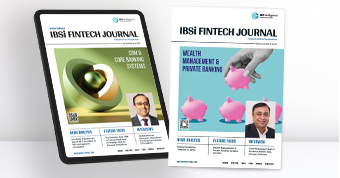
- Most trusted FinTech journal since 1991
- Digital monthly issue
- 60+ pages of research, analysis, interviews, opinions, and rankings
- Global coverage
Other Related News
Related Reports
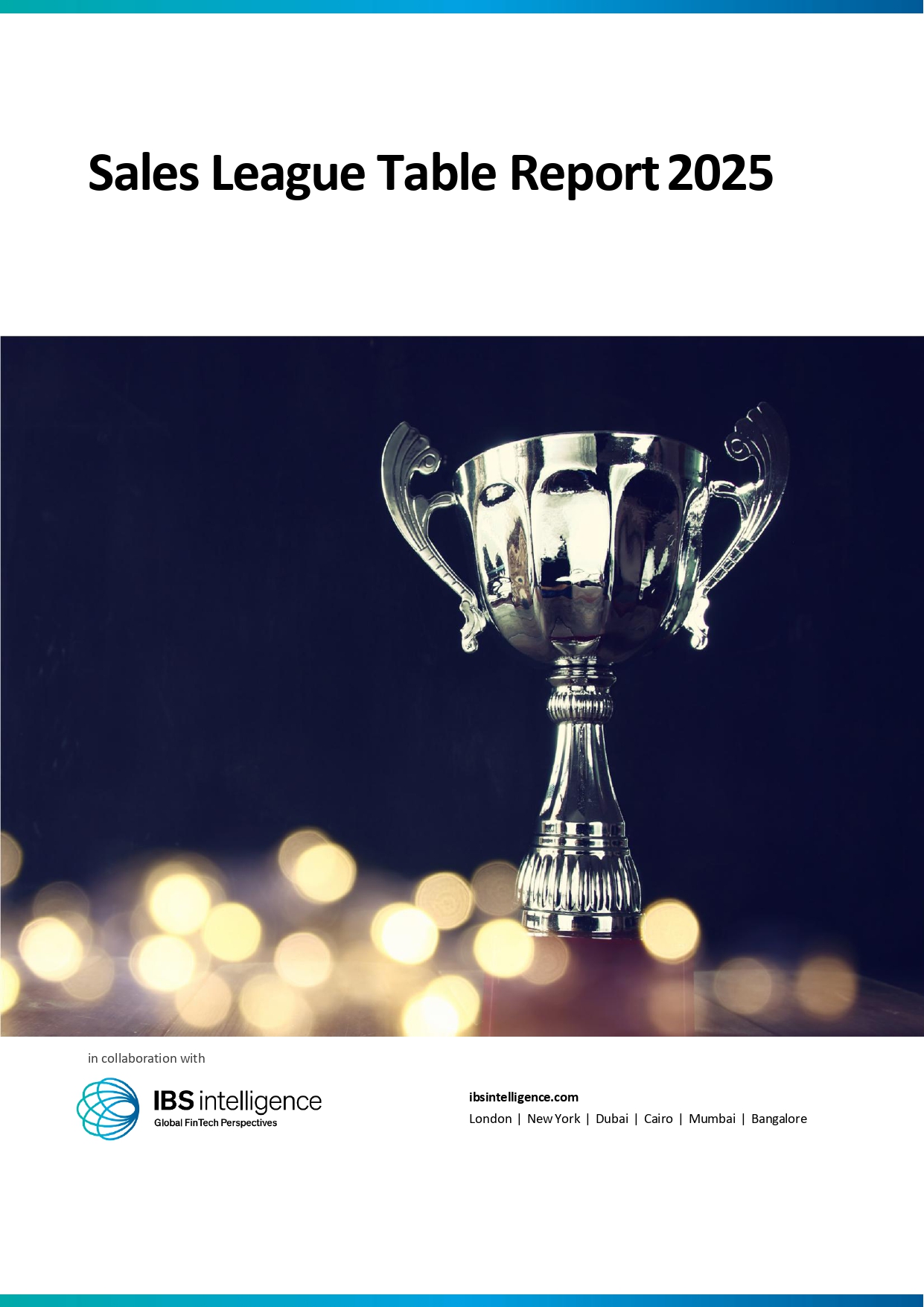
Sales League Table Report 2025
Know More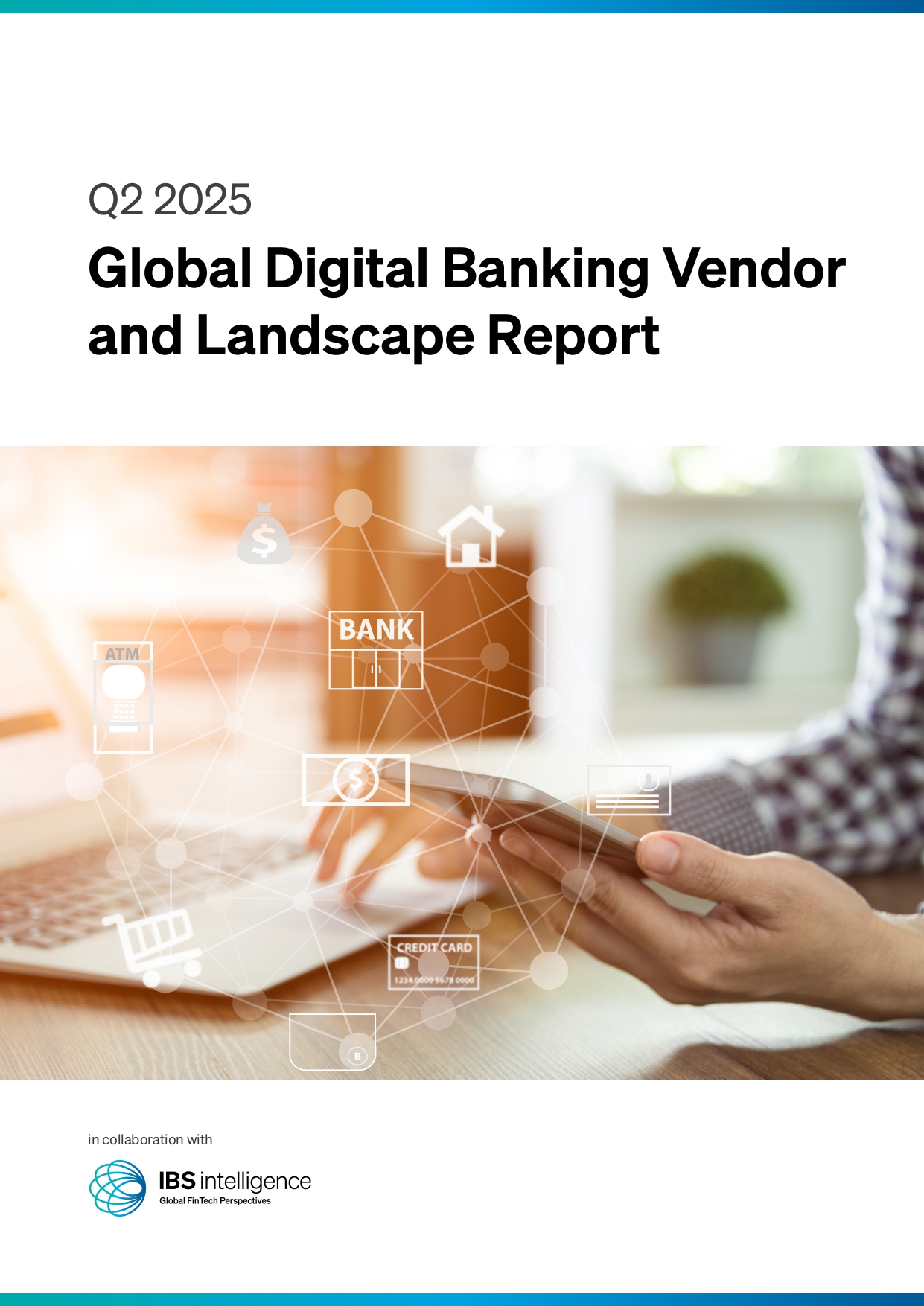
Global Digital Banking Vendor & Landscape Report Q2 2025
Know More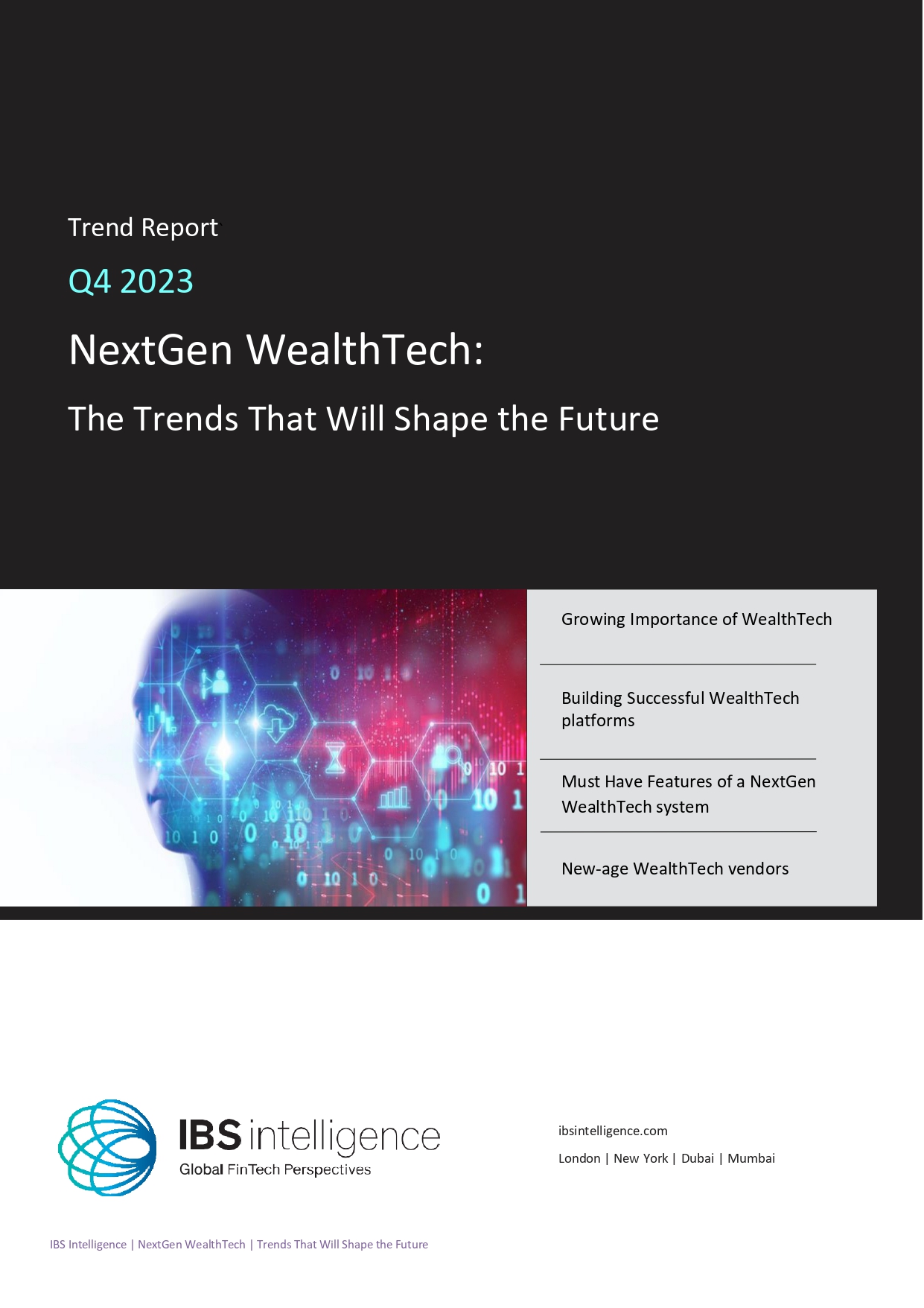
NextGen WealthTech: The Trends To Shape The Future Q4 2023
Know More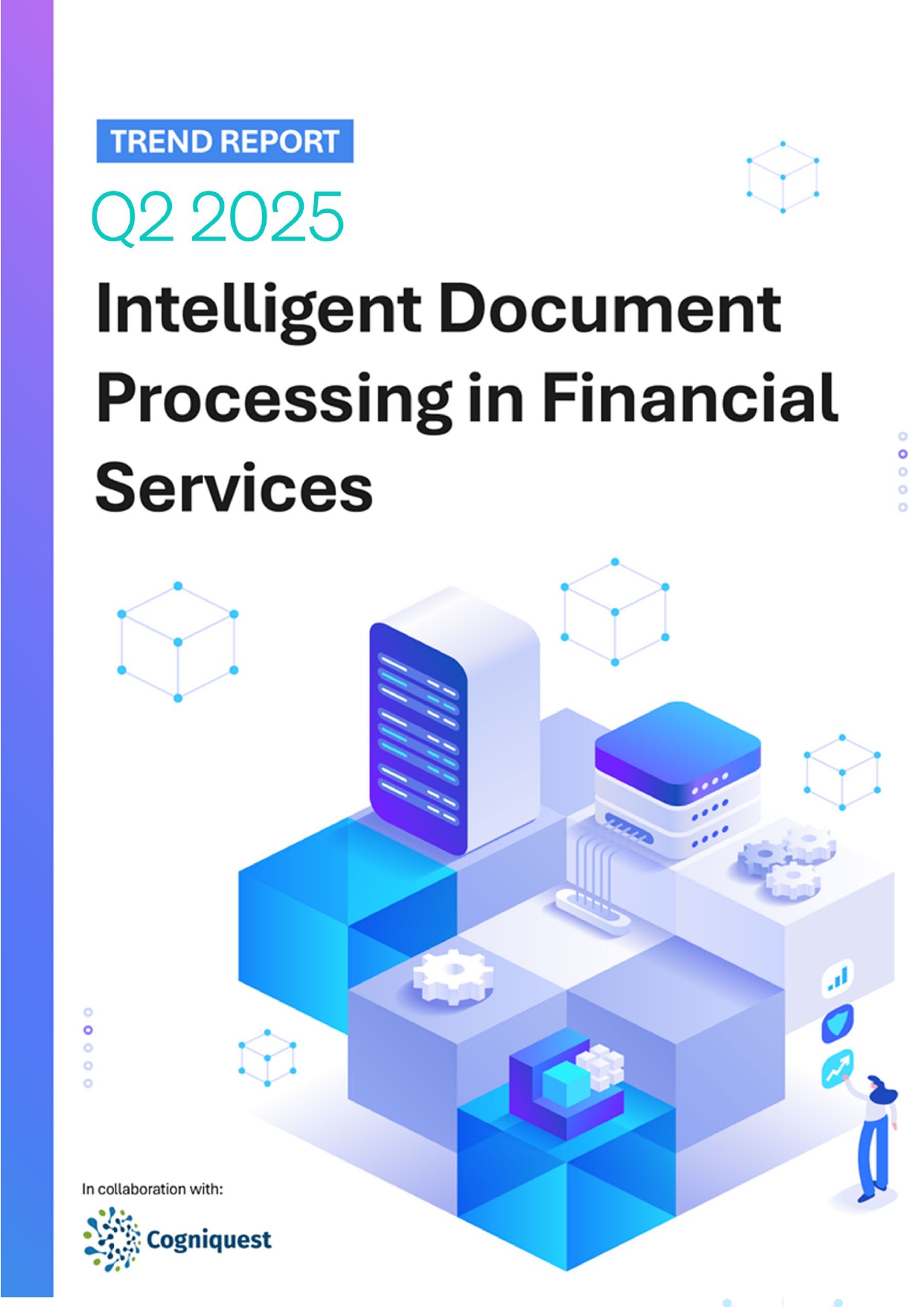
Intelligent Document Processing in Financial Services Q2 2025
Know More